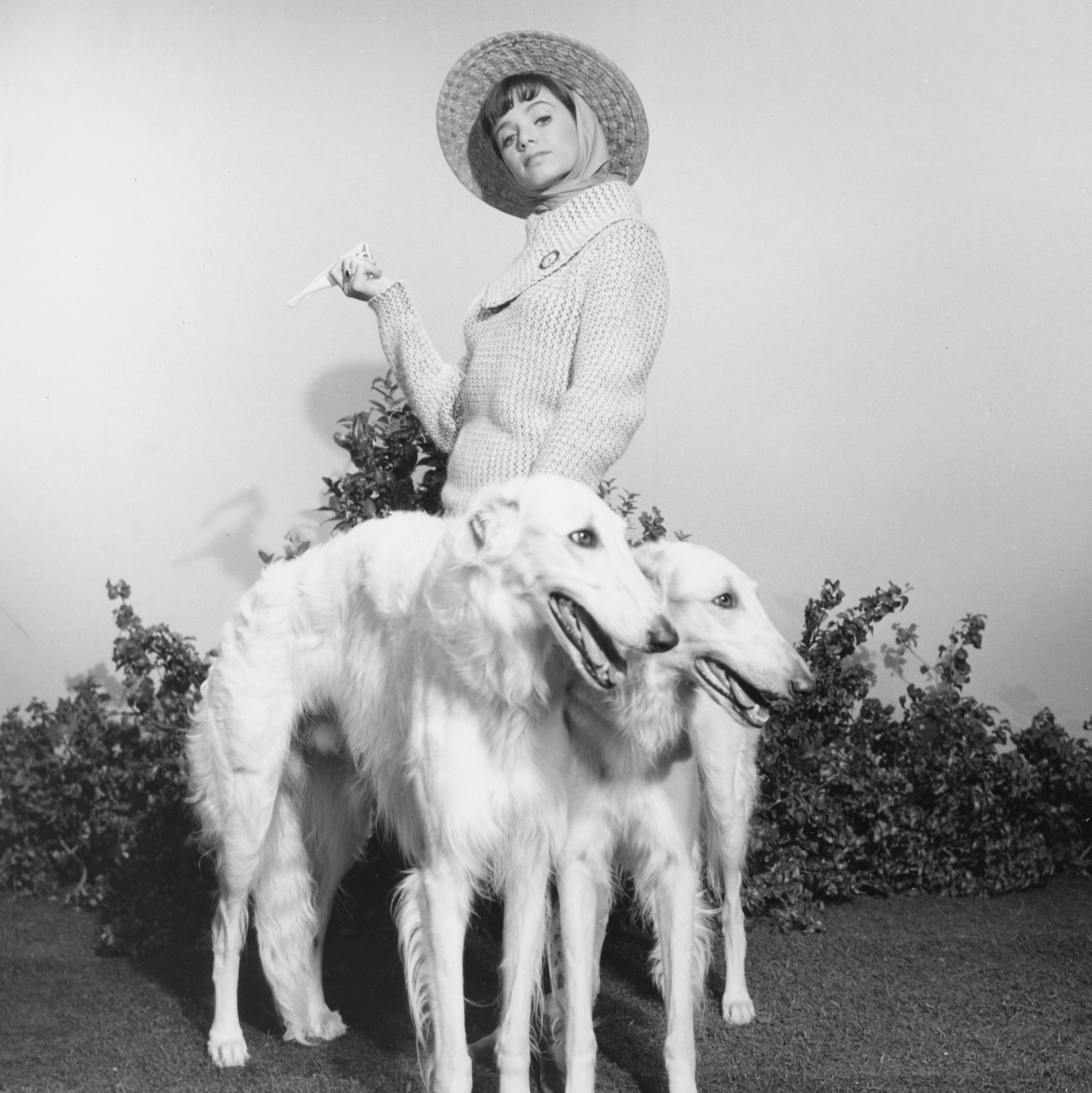Crashing the Boys’ Club
—and Redefining It
Born in Brooklyn and raised in Manhattan, Ronnie made national headlines at just ten years old for being a champion fundraiser for the March of Dimes, proving early on that she was a girl with drive, charisma, and the ability to rally people around a cause. That same energy carried into her teens—she graduated high school at 15 and made the Dean's List in college while studying Theater Arts.
Ronnie moved to Los Angeles to pursue and she appeared in television shows and films throughout the late 1950s and early '60s.
Ronnie onset of Death Valley Days, one of the first anthology series on television.
Still photo of Ronnie Haran for TV series Dobie Gillis.
Ronnie (far right) on set of Dobie Gillis with actor Bob Denver.
She showcased a natural presence onscreen and worked steadily in the business, earning credits on a variety of network programs such as The Fugitive, The Untouchables, and even The Munsters!
Ronnie working alongside Rock Hudson on location in Italy during the filming of Come September.
But Ronnie wasn't content to be a cog in someone else's machine. Her curiosity was voracious—she was also writing for national magazines as a freelancer and honing her photography; she was given her first camera at age 5 by her father.
A young Joel Grey while in Italy shooting Come September. Photo by Ronnie Haran.
Ronnie had been part of the Hollywood nightlife circuit for years, with a Rolodex of stars and a reputation as the cool girl who knew everybody. In 1965, while hanging out at PJ's nightclub, she became close friends with part-owner Elmer Valentine, a former Chicago cop-turned-nightclub operator who had just opened a struggling little disco called the Whisky a Go Go on the Sunset Strip.
When Ronnie mentioned she was looking for work, Elmer offered her a modest role: assistant publicist at $50 a week. What he didn't know was that he'd just hired a cultural grenade.
Within three weeks, she outshone her supervisor so completely that Valentine did what any smart man in her orbit eventually did: he promoted her to head publicist.
Ronnie rolled up her sleeves and got to work. She pushed to add a kitchen so the club could lower its admission age from 21 to 18, expanding the audience and the energy level. Most critically, she lobbied for live music. She brought in The Young Rascals, hot off the New York scene, then moved on to talent so fresh they still had day jobs. She was a one-woman A&R department before that even existed.
She transformed the Whisky from a disco curiosity into the breeding ground for rock greatness.
It wasn't just about booking bands—it was about igniting a musical revolution.
Under her reign, the Whisky's stage became holy ground. The Byrds. Buffalo Springfield. The Turtles. Love. Frank Zappa and The Mothers of Invention. It was a three-ring circus of greatness, and Ronnie was the behind-the-scenes ringmaster.
The band LOVE playing at the Whisky a Go Go. Photo by Ronnie Haran.
In the process, she saved The Doors from likely oblivion. When she popped in on the very night the band had been fired from the London Fog club down the road, she saw charisma, poetry, and fire. She prophetically told her companion "I just found the American Rolling Stones" and booked them on the spot as the Whisky's house band. That night, her gut instinct launched a whole new chapter in Rock history.
Ronnie bought the shirt Jim Morrison is wearing so he would have something clean to wear onstage. Photo by Ronnie Haran.








